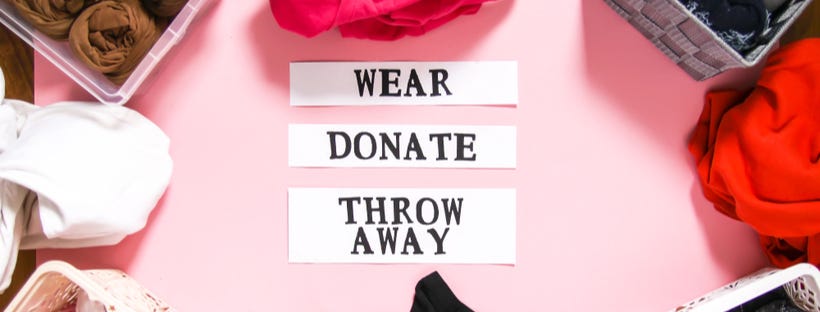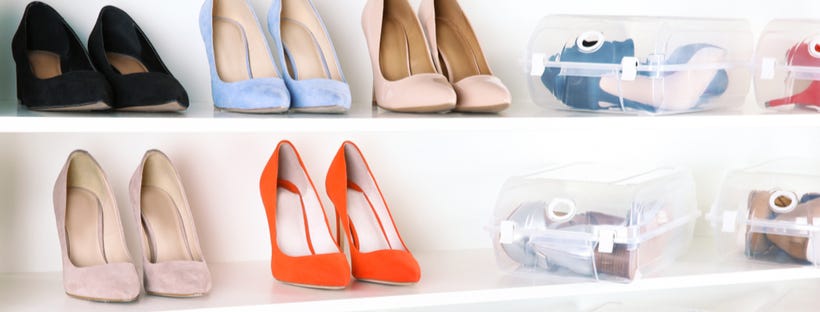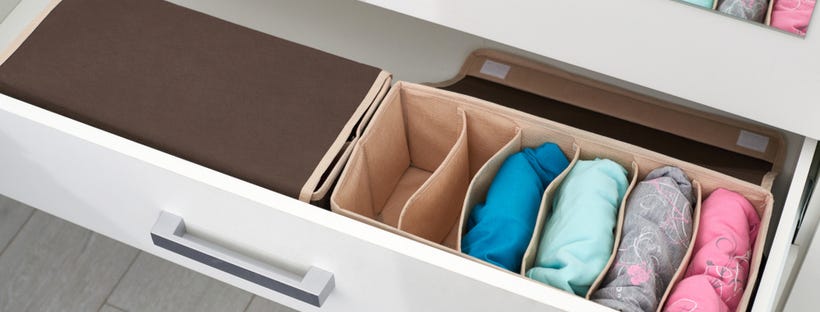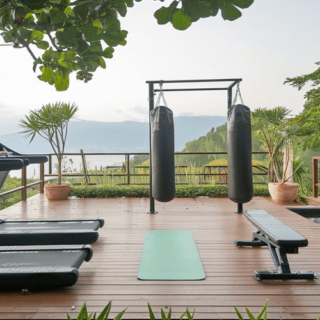What’s more intimidating than a monster in your closet? A closet full of clutter. Like most extensive home tasks, organizing a closet can be a never-ending process, but with some simple strategies, managing it can stop being such a hassle. If you’re feeling like your closet’s become a nightmare world, let’s take the time to journey deep into your wardrobe.
Get It All Out
The first thing to do when organizing is rid yourself of clutter. Start by digging out all the items inside, including hangers and baskets. While you’re at it, take the time to wipe out the space, and give your closet a nice refresh. Once your closet is clear and clean, it’s time to move onto our next step…
Purge & Edit

Of course, all the items you don’t want shouldn’t be shoved back in that closet. Start by creating a list:
- Retain: Favorite items you re-wear frequently.
- Maybe: Beloved items you might not end up using.
- Donate: Items in good condition that you aren’t fond of anymore.
- Consign: Higher-end items that could be sold through a consignment shop.
- Sell: If you’re certain someone will buy it, but a consignment store won’t take it, it goes here. (Hello, Depop!)
- Dump: The clothes no one wants: stained, ripped, torn, and burned clothes.
Then, sort your clothes into their respective piles, taking notes along the way. Once you’ve readied all your unwanted items, divide those in “retain” into two more sets:
- Frequently Used: Items you’re always reaching to, that you need to put in front.
- Occasional: Those items you’ll use, but only on certain occasions, such as dresses, travel wear, etc.
Once you’re done, cover your left over items with a custom cover, to keep them dust free.
Put Together Everything as Per the Label
Now get ready to perform yet another gallant task. Though, more alleviated than the previous one. You know most of the load has already subsided. Grouping them will help you understand how much space can be utilized for each type of item. Think about what your wardrobe should look like and perform the below steps.
Perform Grouping
Group all the items that are alike together such as jeans, trousers, skirts, t-shirts, belts, tops, shirts, blazers, etc., and start storing them in the closet. Keep all the frequently used items to the most visible spots such as the front and middle row, where you can easily reach. In the meantime, store the occasional items at the down row, back, or use the upper shelf. Tuck away the least used items at the least opened shelf or at the very top of the shelf.
Accessories & Footwear

Keep all your accessories and footwear separate from your clothes. You can store them on the bottom shelf (but make sure to keep the used one right away when you pick a new one from the closet). This way your closet will stay organized forever.
Avoid Cramming Everything Together
Don’t get tempted to keep everything without a home in your closet and drawers. If you do so, you may again end up missing your favorite items when you want them the most. Instead, keep at least a 1” inch gap between every item and only place what can easily be accommodated in your closet/drawer.
Don’t Store Heavy Clothes in Your Dresser
The more dense the fabric, the more difficult it is to maintain its shape. Sweaters, sweatshirts, and hoodies take up a lot of real estate in a dresser. Likewise, it’s best to store bulkier items on a clothes hanger, keeping them put together while reserving dresser drawers for T-shirts, shorts, and workout leggings.
Organize Your Drawers With Dividers

Having everything in place and easy to find may feel like a pipedream, but with a drawer divider or separator, you get compartments to sort different items, creating a neat and clean structure for the long haul. Dividers help you manage your outfits while preventing items from spilling out when you open your drawers.
Pro Tip: Do you have open closet? If so, you can keep your wardrobe clean from dust by covering it with a trendy custom rack cover. It’s a quick way to make your wardrobe exquisite and classy!
Roll-out Light Pieces in a Drawer or Storage Box
T-shirts, leggings, and polyester shorts are thin and malleable clothes, which makes them ideal candidates for the roll and tuck technique. Here’s some quick steps to this space saving method:
- Fold your items in half
- Roll them into a small tube shape
- Tuck away any excess fabric.
Rolled garments are best stocked in open containers, such as boxes, wire baskets, or glass bowls.
Pro Tip: Don’t cram pants in with your shirts. Instead, keep them in a separate storage bag for easy accessibility.

















Recent Comments